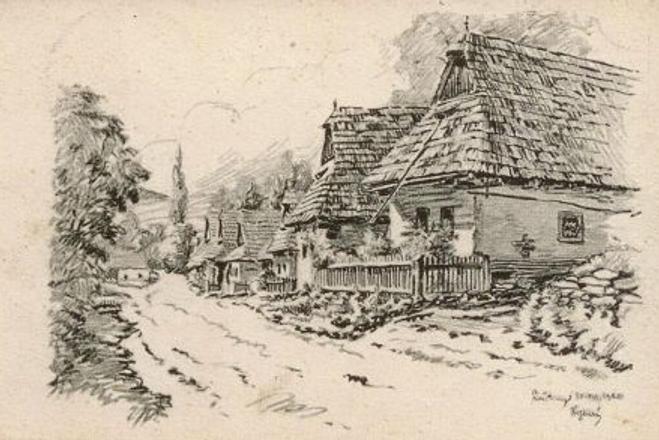LOOKING at the row of houses flanking the main street in Leštiny, a municipality in the Orava region, one might not suspect that a Protestant school was located here as early as the 17th century. The school seemed to have a good reputation, as children came from far and wide to attend it.
The students were mostly from the lower gentry, so-called “zemans”. The families were often poor but their aristocratic titles enabled them to send their children to school. Children of serfs were allowed to attend school only with approval by the local land owner, and only if they sought a career in the clergy.
Teachers, too, were often zemans. In their milieu, it was common to speak Latin – in addition to German or French – which enabled them to hold these positions. Evangelical priests also worked as teachers. One of the more famous Leštiny pedagogues was zeman Ján Medzihradský. He worked in Leštiny in the first half of the 19th century, and after his death, his son Adolf continued to teach.
It is difficult to imagine today what it was like to teach in Orava two centuries ago. One thing is certain: each teacher’s personal skills were crucial, as only a handful could afford a university education due to financial and social obstacles.
In this postcard we can see Leštiny circa 1920 through the eyes of Czech painter Karel Beneš.


